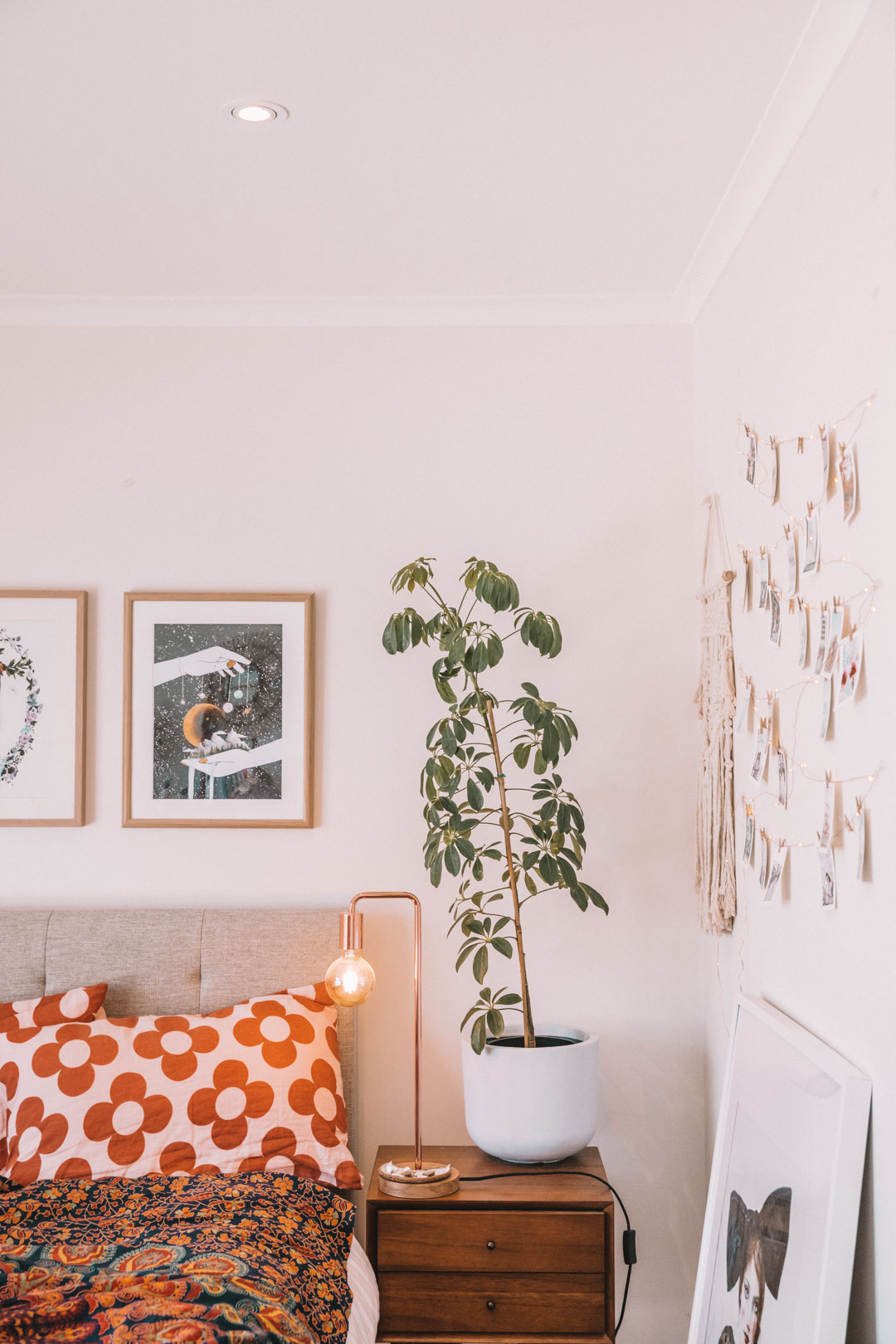5 Ways to Reduce your Carbon Footprint at Home
Tom and I have always had the dream of one day creating a self-sustainable home at #WildlandHouse. We have dreams of a property powered by solar, with rainwater tanks connected to the house and garden, a permaculture designed garden and so much more. Whilst such a project will be a result of long-term time and financial investment, we're trying our best to do what we can until we get there.Today I'm partnering with Powershop to share five simple ways you can reduce your carbon footprint at home, to get started on your journey in creating a more energy efficient and sustainable way of living.
1. Draught proof your home
When Tom and I first moved into our new house, we found that there were quite a few places where we could feel a draught indoors. Places like around door frames and windows, as well as between our hardwood floorboard planks. If you have places where the outdoors gets in, products like rubber door seals, adhesive weather seal tape (so handy) and even your good-old fabric snakes do well for doors and window frames. When it comes to floors, we used a special filler for the gaps, but you can also utilise floor rugs as well to help reduce the heat lost through the flooring. Once sealed, you'll find that your house is much better equipped to keep the hot air out in summer, and the cool air out in winter. This helps greatly with heating and cooling bills as your house is more equipped to maintain the desired room temperature indoors.
2. Swapping halogen lights for LED lights
Lighting products such as halogen downlights and incandescent globes that are typically found in older homes use much more power than LED lights. If you have halogen downlights or incandescent globes, in Victoria and NSW, you can actually get them upgraded to LED lights subsidised (sometimes free depending on which accredited provider you use and specific eligibility criteria).We had our lights swapped over recently under the scheme - the halogen downlights we had were about 50-60 watts and the LED lights we switched to are now only 6 watts. The LED lights literally had the same brightness and strength as our old lights. If you use lamps around the house, you can also buy low wattage globes. For my bedside lamp, I was able to find a decorative vintage inspired bulb that was only 6W. It cost a few dollars more than the typical ones which were 25W, but is worth the electricity savings.
3. Switch off unused appliances
If you get into the habit of switching off unused appliances such as hairdryers, blenders and essential oil diffusers, then you'll be able to save even more energy. When appliances sit idle with the switch on, they can still draw power even if you're not using them. Also, try and get into a habit of switching off lights when you leave the room. I know I can be terrible at this, but it's another source of energy saving. Place workspaces and furniture in places that most utilise natural lighting as well, so that you can reduce the need to use lights during the day.
4. Harnessing Solar Power
When house hunting, Tom and I made special effort to look for a house with existing solar panels. As a home owner, this is great as the amount of solar power our panels generate can cover a significant portion of our electricity usage throughout the year and especially through summer.
5. Switching to a renewable energy provider
To have all your power usage put to extra good use, consider switching to Powershop. Powershop is Australia’s greenest power company – they offset all their carbon emissions and don’t charge a premium for doing so. As a Powershop customer, your everyday electricity usage will always be offset for you, whilst still being able to enjoy competitive rates. You can also track your power usage through the Powershop app to better understand your energy usage habits and make lifestyle changes to reduce your use.
This post is in collaboration with Powershop





